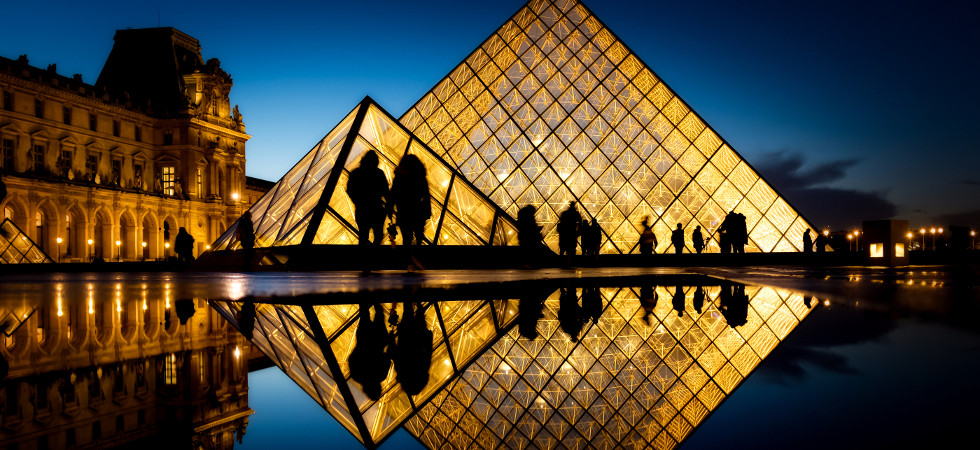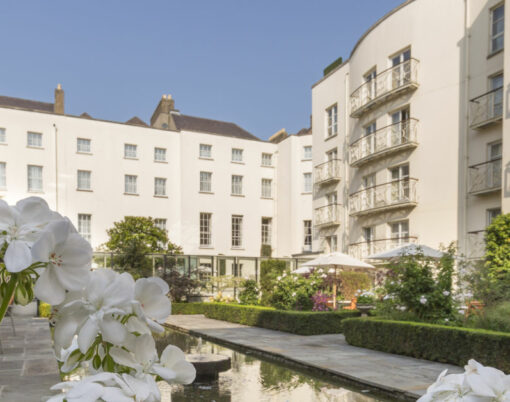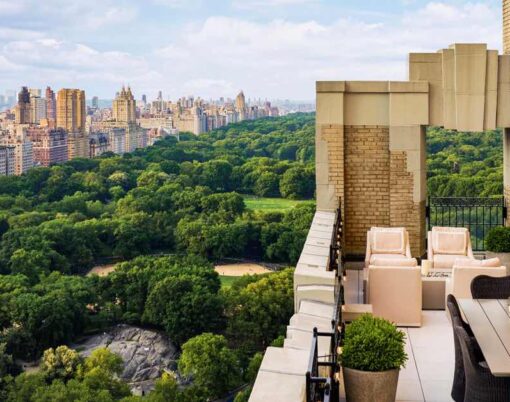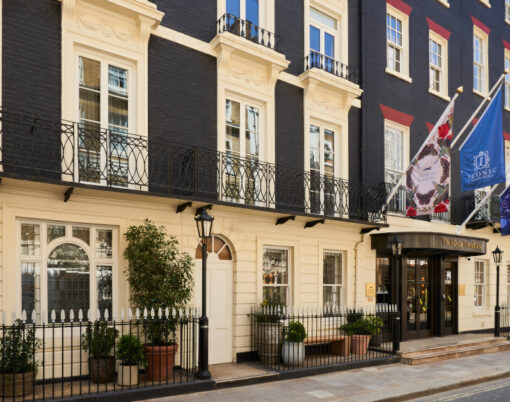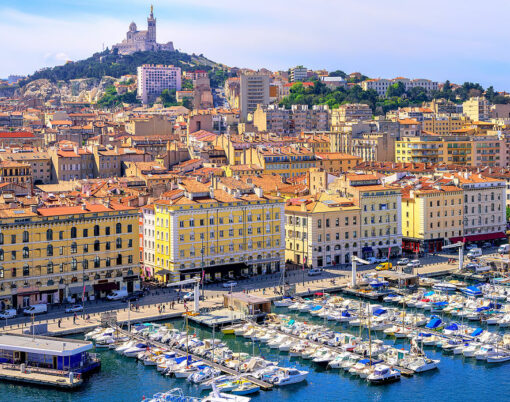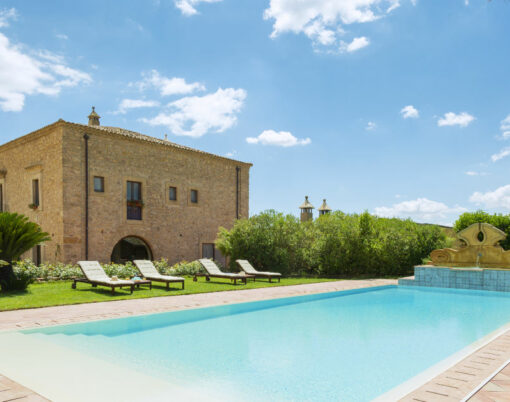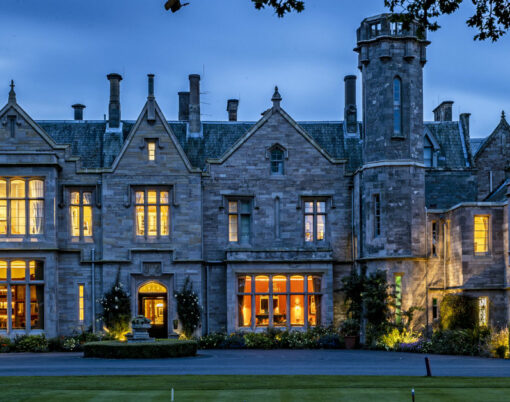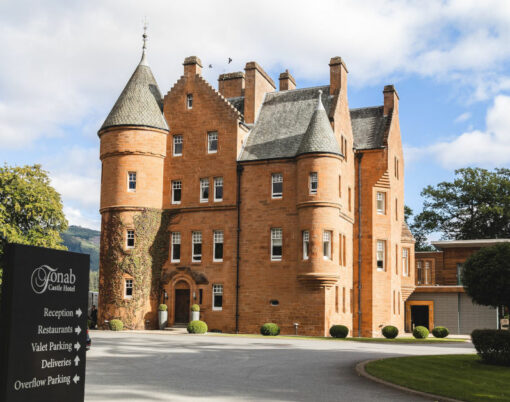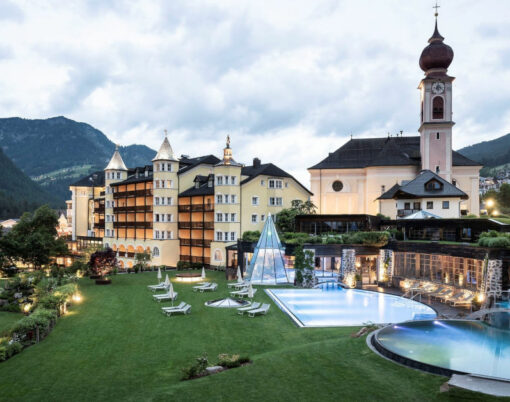Paris, the city of love, is often thought of as the place where luxury first began. Packed to the brim with opulent hotels, fine cuisine and French designer boutiques, there are few European cities that can quite match it on glamour – and its wealth of history, art and culture also make it one of the most visited destinations in the world.
Perhaps one of its most iconic sights to see is the vast Louvre Museum. The largest museum in the western world, it is often the first stop for visitors spending a few days in the city – and though the Louvre has always had a special place in any art lover’s heart because of the impressive collection it houses, its history and architecture are no less intriguing. Awash with a plethora of show-stopping art and breath-taking history, there are plenty of reasons to be impressed – but just what is it that gives it such a magically intriguing edge?
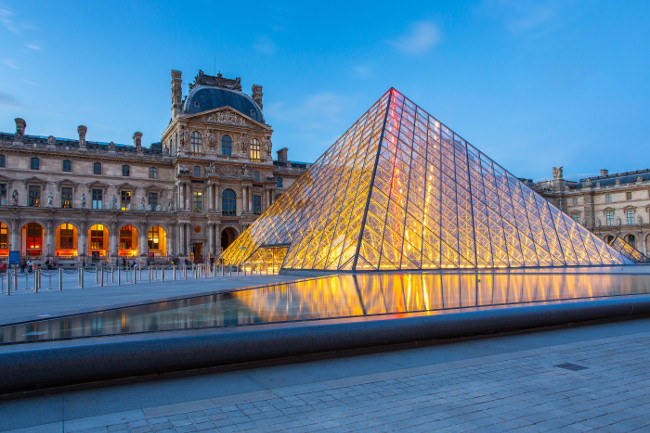
A historical insight
The Louvre was first built to be a fortress in the year 1190, before later being reconstructed in the 16th century to turn it into a royal palace. After it received the status of the royal residence, every monarch worked towards expanding it, and today, it covers an extensive area of 60,600 square metres.
It was Napoleon Bonaparte who laid the foundation of this world-famous museum when he reopened it in 1801 and named it Napoleon Museum. In the year 1815, when he resigned with the Treaty of Fontainebleau, the Louvre was returned to the original name. The multi-building complex that people marvel at today was completed in the mid-19th century by Napoleon III.
The Impressive Collection
The collections of the museum include ancient Roman and Greek sculptures, Egyptian antiques, paintings by distinguished European artists from before the 1800s, crown jewels, and other relics from the French nobles. The work spans a long timeline of sixth century B.C. to nineteenth century A.D, with over 35,000 works on display at any point in time.
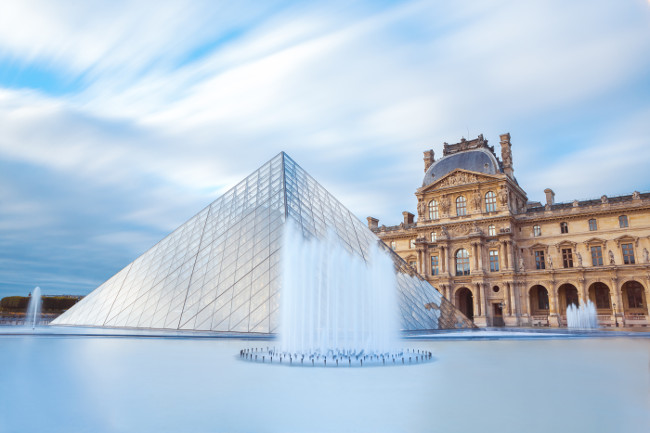
Undoubtedly, one of the most notable paintings of the museum is the iconic Mona Lisa, by the renowned artist, Leonardo da Vinci. This famed work of art draws in hordes of amazed and enthusiastic visitors every day of the year. A couple of Johannes Vermeer’s 34 paintings are on display as well, while the ancient Greek sculptures of Venus de Milo, the Winged Victory, and Nike of Samothrace are also not to be missed. When it comes to art, the list of things to see at the Louvre is truly endless – be prepared to get lost in here for an entire day, and even then, you won’t manage to see it all.
The Architectural Brilliance
Though the Louvre’s vast is what has won it worldwide recognition, the architecture of the building itself deserves its share of the attention, too. According to Louvre Tuileries guide, the architecture of the building is primarily of French classical and Renaissance style. The medieval elements of the old fortress are still present underground, around the lobby region, below the pyramid.
The most famous part of the building is ‘Colonnade’ by Claude Perrault, on the Eastern façade of the museum. It serves as one of the best examples of Classic French architecture, and was built in the 17th century, while the Corinthian columns and pavilions at the turnings of the façade are its most noted feature.
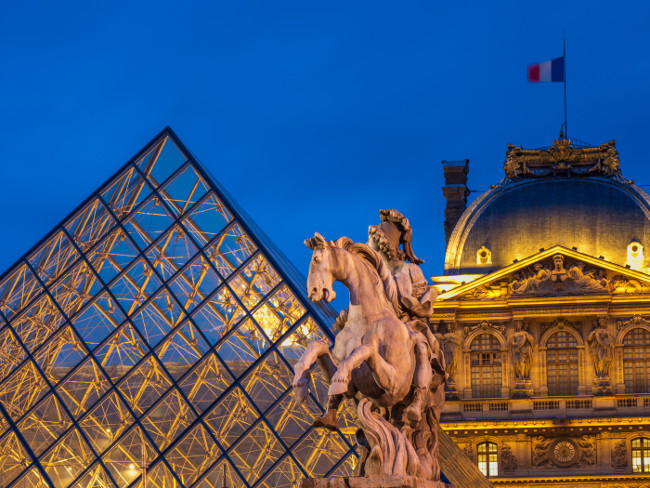
The Grandeur Of The Louvre Pyramid
The museum underwent a renovation in the year 1983, with the plan named as Grand Louvre. An essential part of this plan was to create a new design for its main entrance, and I.M. Pei, the famous Chinese-American architect, was given the responsibility of the exciting project. It is his unique designs that you see in the glass pyramid in the courtyard and the underground lobby today; the pyramid was inaugurated in the year 1988 and served as a symbol of the timeless beauty of the Louvre, with its modern architecture and traditional style. The inverted pyramid, which is a skylight facing the lobby, was made in the year 1993 – and is one of the most iconic sights you’ll see in all of Paris today.
The sheer scale and size of the Louvre make it impossible for anyone to see the entire museum in one go. It’s a place that is guaranteed to keep you coming back for more – but next time, be sure to wear comfortable shoes! With over 10.2 million visitors flooding through its doors in 2018, and the number bound only to go up this year, it pays to make an early start if you’re keen to beat the rush.
Today, The Louvre remains throughout the week except Tuesdays and national holidays – so if you’re planning a luxury getaway to the City of Love this year, then make sure this impressive museum is the very first sight on your list.
Image at the very top of the article credit: Netfalls/Bigstock.com












